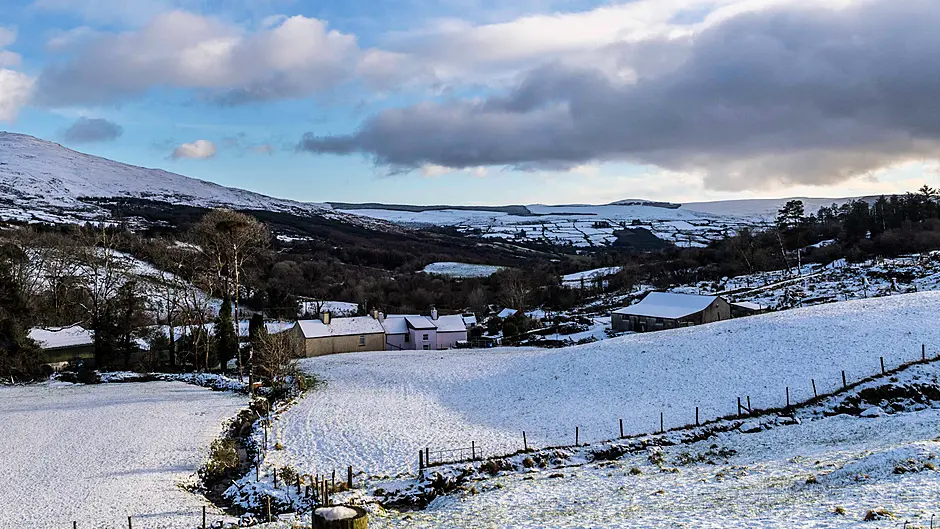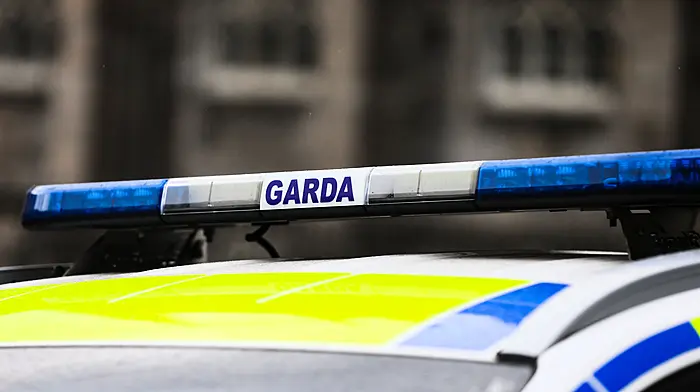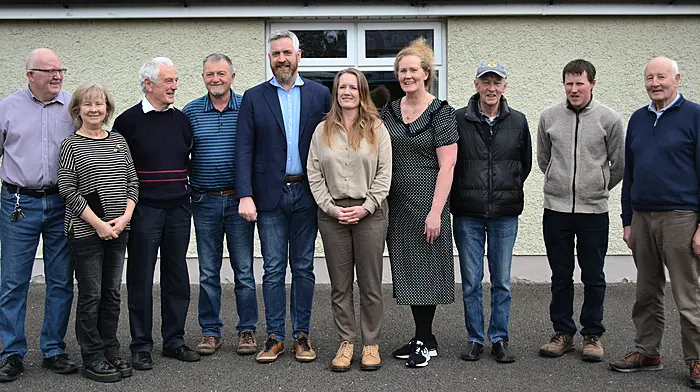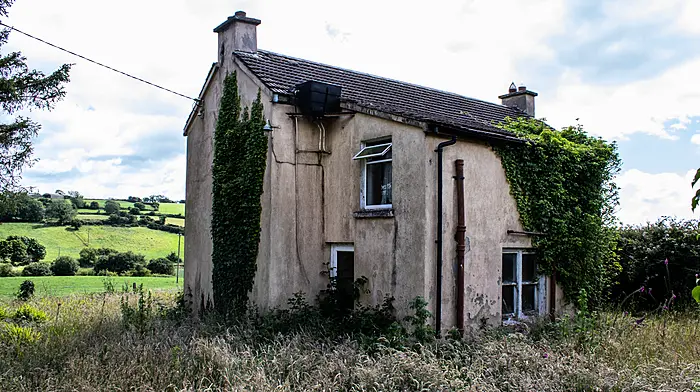
With just a smattering of white flakes so far this year in West Cork, Robert Hume looks back seventy-five years, and how people coped in early March 1947 – which became known as ‘The Year of the Big Snow’
EXTREME weather is becoming disturbingly more frequent, but it is certainly nothing new.
It snowed on 30 of the 52 days between January 24th and March 17th in 1947.
The ‘white enemy’ had blanketed much of Ireland since late January, drifting into ‘every hollow, depression, arch and alleyway’ (Ireland’s Own February 10th 2017). The country left us paralysed.
Towns were cut off, hamlets lost in the snow. Drifts as high as a double-deck bus were reported. For six weeks, many could not shop, receive mail, or attend mass.
Trains derailed, buses got stuck – one ‘went missing’ for over a week! The telephone network was in ruins: a tangle of torn wires and fallen poles.
Undertakers stored bodies, waiting for the ground to thaw. On the Connemara mountains, half the sheep perished, while in Dublin Zoo snakes needed thawing out.
When temperatures dipped to -14 degrees centigrade, fears were voiced about a ‘new Ice Age.’
Around midday on Tuesday March 4th 1947, it became West Cork’s turn.
At first, the snow was wet, and melted when it touched the ground.
But soon it turned dry, and fell in big flakes, hour after hour. A piercing east wind slapped people’s faces and howled down their chimneys.On Wednesday March 5th, Edward Murphy awoke to find himself trapped in his cottage on Myrtleville Road, snow reaching almost to the top of his chimney pots.
Bantry was ‘completely blanketed in white’, observed The Southern Star.
Six inches of snow covered the streets of Clonakilty and Dunmanway, and in some parts of Macroom it lay a foot deep.
Kinsale was gripped by ‘the worst blizzard ever experienced in the memory of the oldest inhabitant.’
In hilly regions ‘King Snow’ was responsible for blocking roads.
Drifts 10ft high formed around Ballineen and Enniskeane, and workers cycling to Carrigaline pottery had to dismount and fight through the snow, carrying their bicycles on their shoulders.
A district judge, motoring from Cobh to Macroom, never reached the courthouse. So treacherous was the Reenascreena to Rosscarbery road that a local teacher could not get to his school, while priests were ‘severely handicapped’ when trying to visit the sick.
 A clipping from the big snow of 1947 from The Southern Star
A clipping from the big snow of 1947 from The Southern Star
One motorist told the Cork Examiner that a snow blizzard ‘quickly rendered his windscreen wiper useless’ as he drove between Bantry and Skibbereen. When it grew dark, he had to steer by the ‘vague outlines of the hedges.’
According to The Southern Star, a lorry skidded outside Knockbue, plunging into a bog, and in nearby Drimoleague a vehicle ‘whirled out of control’, narrowly missing John Forbes’s pub. Communities were cut off.
Arriving in Bantry, businessmen found themselves trapped in town: ‘all ways out being snow-bound’. Macroom folk working in Cork city reasoned it was safer to stay there overnight.
Conditions were so grim around Ballinspittle that farmers could not reach the creamery for days, and bread vans from Carrigaline attempting deliveries to Minane Bridge were entrenched in 15ft drifts.
Buses got stranded. On the night of Tuesday March 4th, a bus from Cork was forced to stop two miles from Glengarriff because blizzards had torn down trees and strewn them across the road.
Next morning, Kinsale’s 8.30am service to Cork ran into huge drifts at Pewter Hole Cross, and it took two hours to free it.
Some 100 yards further on, it got stuck again.
When two buses, a lorry and a tractor got caught in a drift at Young’s Hill, near Carrigaline, passengers were asked to help dig the buses out.
Essentials failed to get through. A newspaper deliveryman found his motor ‘suddenly embedded in 4ft of snow’ and sinking rapidly, while a 7ft drift prevented the mail car reaching Ballinhassig.
With no coal or oil deliveries, some families burned their furniture to keep warm.
 Digging out a train in Roscommon the same year
Digging out a train in Roscommon the same year
Events also suffered because of the snow.
Bantry’s livestock, crops and farm machinery auction had to be postponed, Upton’s whist drive was cancelled as the roads were ‘impassable’, and Ballingeary’s ploughing match was pushed back week after week, because the ground was frozen.
In the fields of Crosshaven, frosts caused a shortage of shamrock – a problem when St Patrick’s Day was less than two weeks away.
Luckily, when the big day came, a thaw had begun, and large congregations attended mass in both Bantry and Kinsale.
A band of pipers played in Bandon, and an all-night dance at Bantry’s Stella Cinema Ballroom proved a sell-out.
The following weekend, everyone put their clocks forward an hour, and summer – a particularly welcome prospect that year – appeared to inch a step closer.
And, thankfully, the summer of 1947 turned out to be one of the best on record in West Cork!







